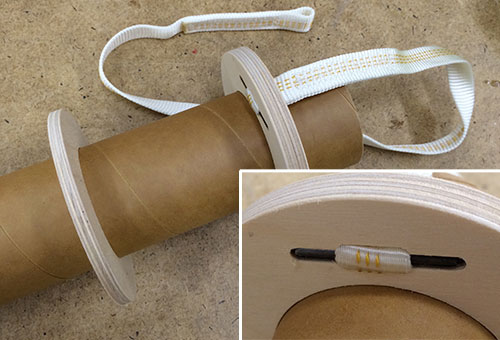While building one of my latest rockets, I glued the rear CR in place on the MMT. Used the fins to position the upper CR and glued that in place. Then I made a really boneheaded error. I filed slots and glued the shock cord to the wrong end.
I pulled the shock cord straight out from the MMT and gave it a good jerk and it ripped right out of the Rocketpoxy. It was surprisingly easy. Not that it could ever get pulled in that direction once it as assembled, but still.

When I went to reinstall on the other end, I decided to use laminating epoxy instead. What I found was when I brushed some onto the side of the cord that had been glued down to the Rocketpoxy, you could tell it was being absorbed into the Kevlar.
I haven't tried to rip the cord off the laminating epoxy, but I suspect it would be harder to get off.
I believe the laminating epoxy is a better choice for this application that Rocketpoxy or other similar epoxies.
Anyone else have any experience with this?
I pulled the shock cord straight out from the MMT and gave it a good jerk and it ripped right out of the Rocketpoxy. It was surprisingly easy. Not that it could ever get pulled in that direction once it as assembled, but still.

When I went to reinstall on the other end, I decided to use laminating epoxy instead. What I found was when I brushed some onto the side of the cord that had been glued down to the Rocketpoxy, you could tell it was being absorbed into the Kevlar.
I haven't tried to rip the cord off the laminating epoxy, but I suspect it would be harder to get off.
I believe the laminating epoxy is a better choice for this application that Rocketpoxy or other similar epoxies.
Anyone else have any experience with this?
Last edited:






